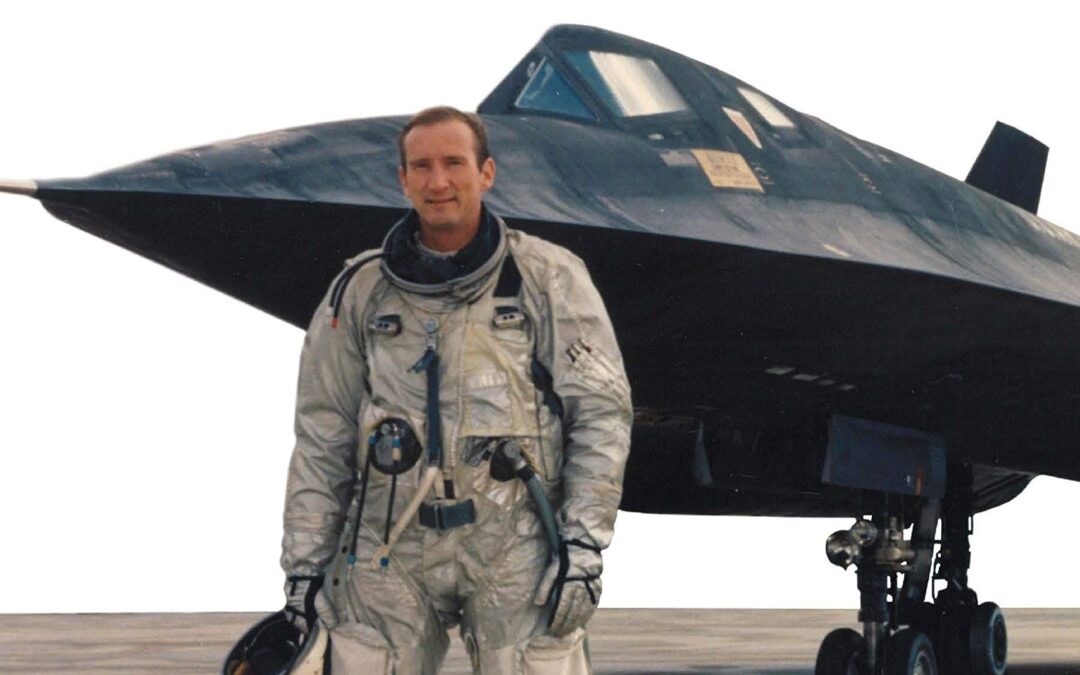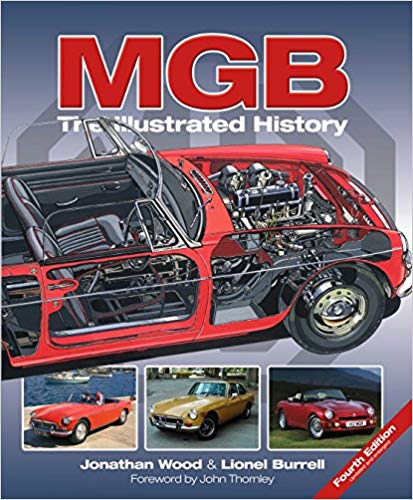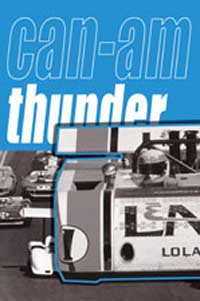
On December 22, 1964, at a small, closely guarded airstrip in the desert town of Palmdale, California, Lockheed test pilot Bob Gilliland stepped into a strange-looking aircraft and roared into aviation history.
Developed at the super-secret Skunk Works, the SR-71 Blackbird was a technological marvel. In fact, more than a half century later, the Mach 3–plus titanium wonder, designed by Clarence L. “Kelly” Johnson, remains the world’s fastest jet.
It took a test pilot with the right combination of intelligence, skill, and nerve to make the first flight of the SR-71, and the thirty-eight-year-old Gilliland had spent much of his life pushing the edge.
In Speed one of America’s greatest test pilots collaborates with acclaimed journalist Keith Dunnavant to tell his remarkable story: How he was pushed to excel by his demanding father. How a lucky envelope at the U.S. Naval Academy altered the trajectory of his life. How he talked his way into U.S. Air Force fighters at the dawn of the jet age, despite being told he was too tall. How he made the conscious decision to trade the security of the business world for the dangerous life of an experimental test pilot, including time at the clandestine base Area 51, working on the Central Intelligence Agency’s Oxcart program.
The narrative focuses most intently on Gilliland’s years as the chief test pilot of the SR-71, as he played a leading role in the development of the entire fleet of spy planes while surviving several emergencies that very nearly ended in disaster.
Waging the Cold War at 85,000 feet, the SR-71 became an unrivaled intelligence-gathering asset for the U.S. Air Force, invulnerable to enemy defenses for a quarter century.
Gilliland’s work with the SR-71 defined him, especially after the Cold War, when many of the secrets began to be revealed and the plane emerged from the shadows—not just as a tangible museum artifact but as an icon that burrowed deep into the national consciousness.
Like the Blackbird itself, Speed is a story animated by the power of ambition and risk-taking during the heady days of the American Century.

Sales of over half a million units made the MGB Britain’s most successful ever sports car. And the truth is, that more than three decades after production ceased, the MGB’s classic lines, affordability, fun factor and certain ‘rightness’ mean that its enthusiastic following remains undiminished.
In MGB: The Illustrated History the authors, self-confessed ‘B’ enthusiasts both, recall the remarkable history of this remarkable car. Originated with full co-operation and contributions from key members of the original design team, including John Thornley, Syd Enever, Don Hayter and Roy Brocklehurst, this book takes the reader behind the scenes at the world-famous MG factory at Abingdon, which closed its doors in 1980 with the demise of the MGB after 18 years in production.
The background to the MGB roadster’s development is first recalled in the context of its immediate predecessor, the MGA, the various famous EX experimental models, and the heritage of MG as a whole. Separate chapters then follow the development, introduction and production of the GT, MGC and V8. Further chapters on the MGB’s competition successes and the RV8 complete the story. Along with a feast of color photographs and contemporary brochure material – enough to satisfy even the most ardent MGB lover – the book also features full-color cutaway illustrations of the three main ‘B’ variants. Copiously illustrated with contemporary color photographs and brochure material, and featuring color cutaway illustrations of the MGB roadster, MGC, MGB GT V8 and MG RV8, this book not only charts the production life of Britain’s best-loved sports car, but also takes the reader behind the scenes at the world-famous Abingdon factory.

The German A4 rocket, or V2 – ‘Vergeltungswaffen Zwei’ (Vengeance Weapon 2), was the most sophisticated and advanced weapon developed in Europe during the Second World War. From September 1944 to March 1945, German army launch teams fired more than 3,000 V2 rockets at targets in England, France, Belgium and even within Germany itself. Many V2s were fired from mobile launch sites and from concealed wooded areas, using fleets of transporters and trailers with sophisticated ancillary and support vehicles. Traveling at the edge of space, the V2 rockets fell without warning at supersonic speeds, turning buildings and streets into cratered rubble, and terrorizing the civilians targeted by these attacks.
Drawing on a wide range of archive sources, rare personal accounts and interviews conducted with personnel associated with the A4/V2 program, rocketry expert Murray R. Barber traces the origins of the V2 and presents a detailed view of the research conducted at the secret, experimental rocket-testing facility at Kummersdorf West and the vast, infamous base at Peenemunde. This important new work reveals the transformation of the rocket into a weapon of war and describes the A4 in detail as well as the intense and often difficult intelligence effort by the Allies to discover more about this highly secret and unprecedented weapon, and to destroy it.
The author also describes the field-testing of the A4 rocket, its reliability problems and the remedies and compromises employed to deal with them. He reveals the activities of the SS and their machinations to gain control of the rocket program from the Wehrmacht, as well as the subsequent operational deployment of the V2 in Operation Penguin, the ‘vengeance’ offensive against the British Isles.
Illustrated throughout with rare and many previously unseen images (including color photographs), technical drawings and maps, this is the most comprehensive book ever on the V2, and includes important new details of the post-war development and testing of the rocket and its role in the dawning of the space age.

The mighty machines of the Can-Am Championship must surely be leading candidates for the title of ‘most awesome racing cars ever built’…
Some forty years ago they put out over 1000 horsepower in their most-developed form and hit speeds of up to 220mph despite aerodynamics that were experimental at best and highly dangerous at worst! They made the Grand Prix F1 cars of the day look tame by comparison.
And even today, the ‘Can-Am thunder’ still rumbles as huge crowds flock to historic race meetings wherever these incredible cars appear.
Porsche, McLaren, Lola and Shadow were the Championship-winning cars, with Chaparral, Bryant Ti22, March, BRM and Ferrari as the challengers. We focus in depth upon all of these as they rumble and roar around tracks like Laguna Seca with its legendary downhill ‘corkscrew’ turn. We even recall the days of the ‘Interserie’ – Europe’s Can-Am equivalent – by filming at the Nurburgring round of the current Orwell Supersports Cup series for historic Can-Am cars.
In making this up-close examination of the mighty machines of the Can-Am, we use a great combination of modern action footage, rare archive film and almost 100 superb pictures from the best photographers of the day.
We hear reminiscences from the three Can-Am champions still with us – John Surtees, George Follmer and Jackie Oliver – as well as from Jim Hall – the designer of the incredible Chaparral ‘fan car’ – and its driver, Vic Elford.
In addition, Hurley Haywood tells us what it was like to wrestle with the mighty turbocharged Porsche 917/10 in the heat of Can-Am competition. He is one of the world’s best-ever sports car drivers with three wins in the 24 Hours of Le Mans, five in the Daytona 24 Hours and two in the Sebring 12 Hours to his credit!
Finally, Peter Bryant, creator of the successful Bryant Ti22 and Shadow Mk2 cars, recalls what it was like trying to design a 220mph racer without the aid of computers or wind tunnels!
All of this is woven into reminiscences by the world’s acknowledged ‘number one’ Can-Am guru. Author and photographer, Pete Lyons recalls the stories that led to his best-selling books on the series and delves into his photo archives to take us back to the Can-Am era. In this he is joined by another award-winning author and photographer focusing on those awesome days, Dave Friedman.
Up until now the definitive documentary on the cars of the Can-Am has never been made. This is it!
Bonus features:
Peter Bryant, Can-Am Challenger – He was a self-taught designer responsible for two of the most successful Can-Am challengers. Here’s the inside story by Peter Bryant.
Pete Lyons Looks Back – Acknowledged as the world’s leading expert on the Can-Am series, Pete Lyons recalls some personal memories from the day.






